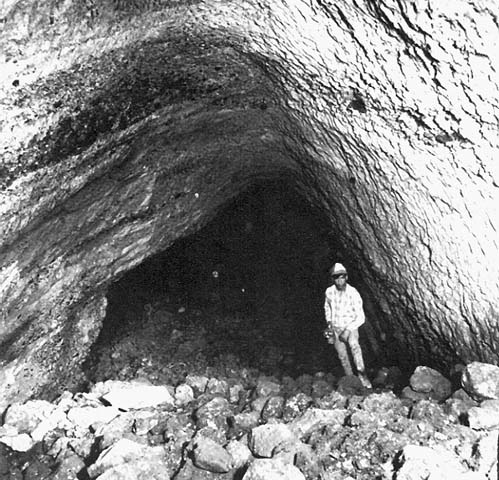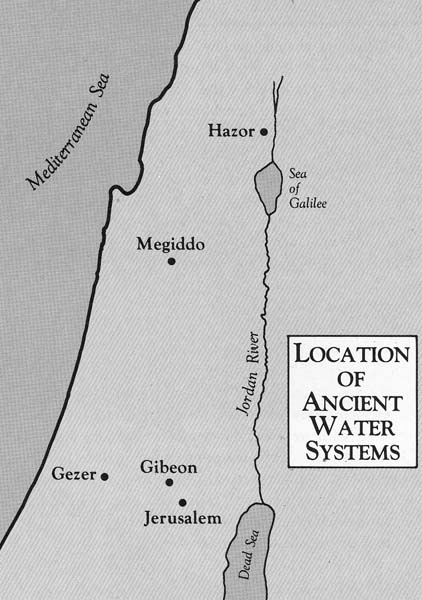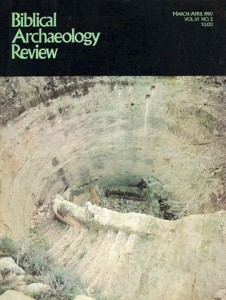How Water Tunnels Worked
Jerusalem, Megiddo, Hazor, Gezer and Gibeon all had systems to bring water safely within their city walls during time of siege—Cole offers new suggestions on how this technology developed.

“A city set on a hill cannot be hidden,” said Matthew (5:14). Neither can it easily be supplied with water.
Cities were built on hilltops because of the obvious defensive advantages. These advantages were somewhat offset by the disadvantage that the city’s springs or wells were normally at the base of the hill, outside the city walls. As the size of urban populations grew and the height of the cities themselves grew through successive rebuildings—creating higher and higher “tells”—the water supply moved progressively farther away.

In peacetime, this distance was merely an inconvenience for women and slaves; in time of war, it could be a fatal weakness. Under siege the city could be deprived of its water supply. No city can last for long without water.
Because almost no rain falls from March until October Palestinian cities were particularly vulnerable to prolonged sieges. Cisterns and other rain collectors inside the city walls were not replenished for six months or more.
Already a library member? Log in here.
Institution user? Log in with your IP address.

